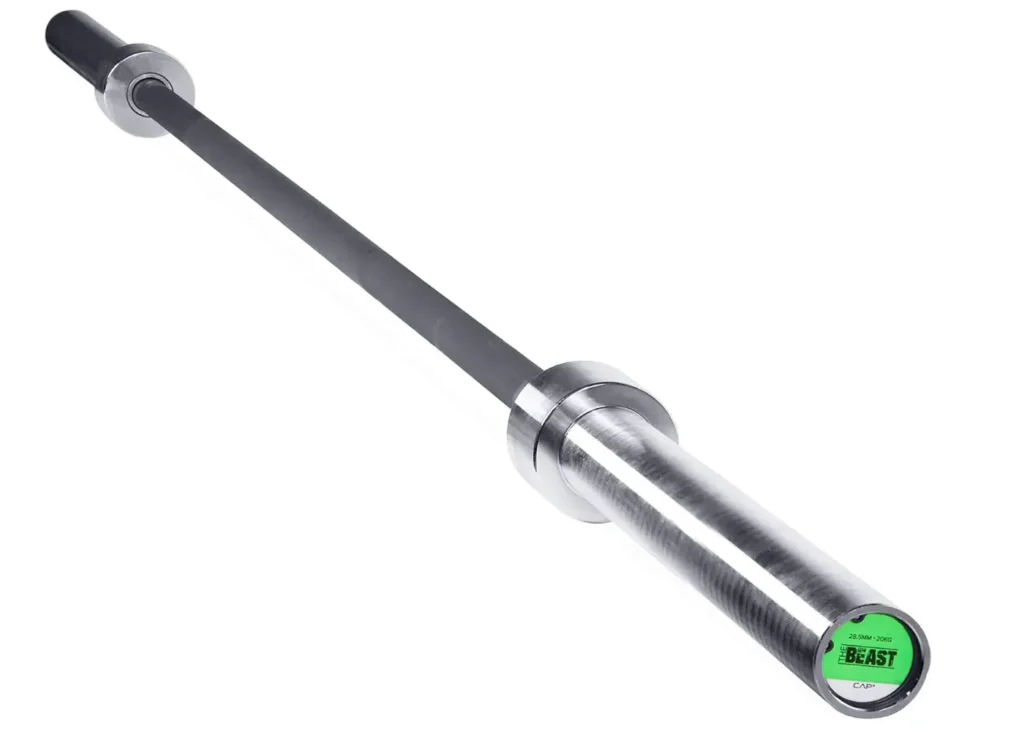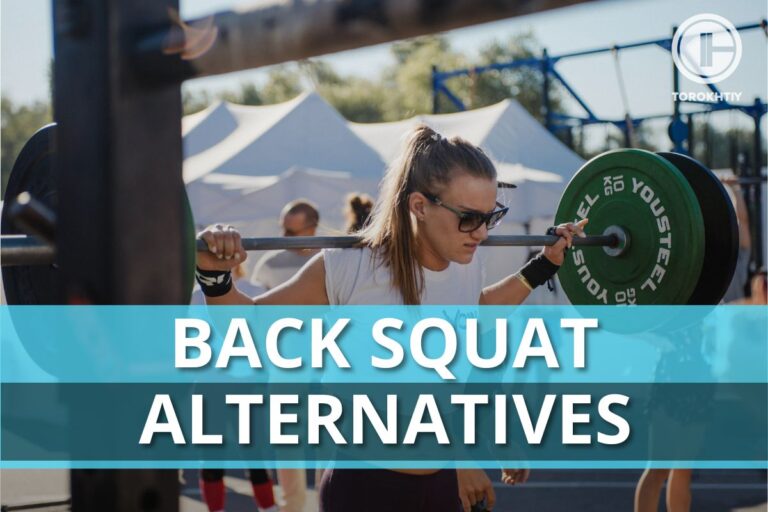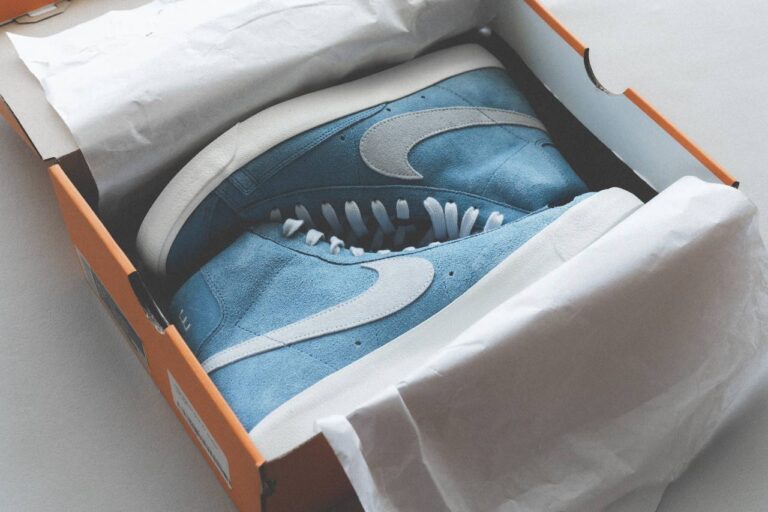How Much Does a Barbell Cost?
Barbells have been a gym staple ever since weightlifting began. They are versatile and easy to use. But, how much does a barbell cost? What are the different types and levels?
A barbell is a metal bar that holds weight plates on either end and can be moved in different ways depending on the plane of motion and the amount of force applied. They are used for a wide range of compound weightlifting, powerlifting, and Olympic lifting movements including deadlifts, squats, snatches, and clean and jerks.
When considering the question “How much is a barbell?” you need to think about several things. The cost of a barbell depends on the construction quality, features, dimensions, and brand. Let’s look at the different barbells in more detail.
How Much Does a Barbell Cost?
How Much Does a Barbell Cost? A barbell can cost from $50 to $1200 depending on the type and level of barbell offered. Influencing factors include the construction, knurling, added features, and finish.
Standard and Olympic barbell costs can vary by type and level. I’ve discussed the different costs and differences between them down below.
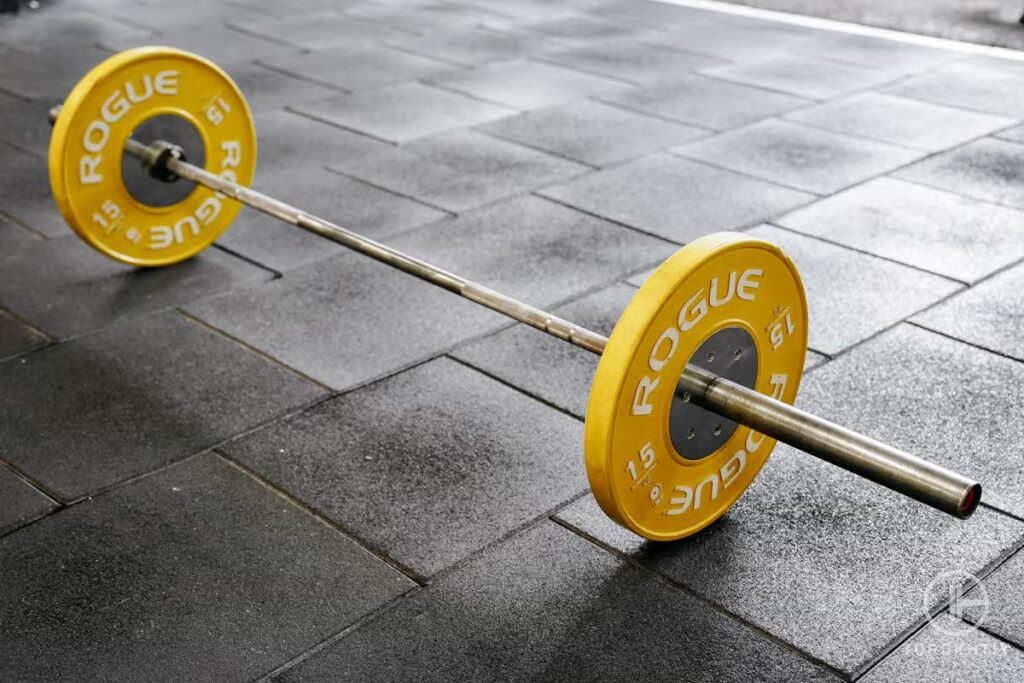
Barbell Prices by Type
Due to the lack of standard pricing, the price of barbells can vary a lot according to type. The two main types are standard and Olympic barbells, of which several subtypes exist.
Standard barbells are made for any skill level and vary in weight and dimension. They come in a range of sizes and are generally constructed from cast iron, steel, or aluminum.
They can handle a good amount of weight, but still aren’t used by more advanced lifters.
Olympic barbells are designed for training and competition use. Most are made of stainless steel and designed exactly according to IWF specifications. They can support a much heavier load, but are more expensive compared to standard barbells.
Here are the different subtypes of barbells with their characteristics and costs:
- Standard Barbell
- Powerlifting Barbell
- Safety Squat Barbell
- Trap Barbell
- EZ Barbell
- Multi-grip Barbell
- Tricep Barbell
- Men’s Olympic Barbell
- Women’s Olympic Barbell
1. Standard Barbell
This is the kind of barbell that’s in most commercial gyms. They can usually handle 2-300 lbs, with some higher-quality models going up to 500 lbs.
They vary in length from 5-7 ft, with the longer ones being more expensive. Cheap standard barbells can cost between $50-100, whilst more expensive models can cost $500 or more.
2. Powerlifting Barbell
These barbells are made for heavy lifting. They have rough center knurling that stops the bar from sliding down when on your back during lifting. Compared to Olympic bars, they are thicker which allows them to handle 500-2000 lbs of weight capacity.
All of these factors make powerlifting bars more expensive. For a standard powerlifting bar, look to spend around $200-400. Mid-range powerlifting bars can be $400-800, whilst high-quality powerlifting bars are $1000+.
3. Safety Squat Barbell
Safety squat barbells are great for people with mobility or form issues. By using different grip positions, they allow you to perform squats without rotating your shoulders back.
With additional features and padding, safety squat bars are more expensive than standard ones. A cheaper bar costs $100-200, whilst a top-range safety bar costs over $1000.
4. Trap Barbell
Trap barbells are designed to target your hamstrings and glutes as they are primarily used for carries and deadlifts. They are designed to help relieve stress on your lower back as you start with your hands in a more central position. They can handle a decent amount of weight from 200-500 lbs.
Due to the hexagonal design in the middle of the barbell, they tend to cost more compared to standard barbells. Entry-level trap bars cost around $100-150, whilst high-end ones will cost anywhere from $800-1200.
5. EZ Barbell
EZ barbells are designed for curling motions that help to develop your bicep muscles. The curved bar shape helps to alleviate pressure on your wrist and elbows and helps to focus more on your biceps.
EZ curl bars use less metal compared to other barbell types, but are harder to manufacture due to their unique curved features. Cheaper Ez bars can be between $100-150, whilst premium models can sell for over $500.
6. Multi-Grip Barbell
Multi-grip barbells have several handle options, making them suitable for a wide range of different exercise choices. They are usually used for more accessory-type movements such as bicep curls, overhead tricep extensions, and close grip bench presses.
Entry-level multi-grip bars can be around $100-150, whilst high-level ones $700 or over.
7. Tricep Barbell
Tricep barbells have a curved handle design in the middle, which allows you to isolate your triceps. Beginner models cost around $25-50, whilst high-end models can be over $200.
8. Men’s Olympic Barbell
Olympic barbells are heavier, made of more durable materials, and usually much bigger than standard barbells. For these reasons, they tend to cost a lot more.
These can cost from $150 to well over $1000 depending on the quality and design.
9. Women’s Olympic Barbell
Women’s Olympic barbells are slightly shorter and lighter than men’s and are therefore less expensive.
For a standard Olympic barbell, expect to pay $50-150. Mid-range are around $200-400, and high-range women’s Olympic barbells are $800+.
Barbell Prices by Level
Alongside type, barbells can be priced according to level. This mainly applies to Olympic barbells.
Here are the rough price ranges according to level:
- Beginner: $50-150
- Intermediate: $150-500
- Professional: $500-1200
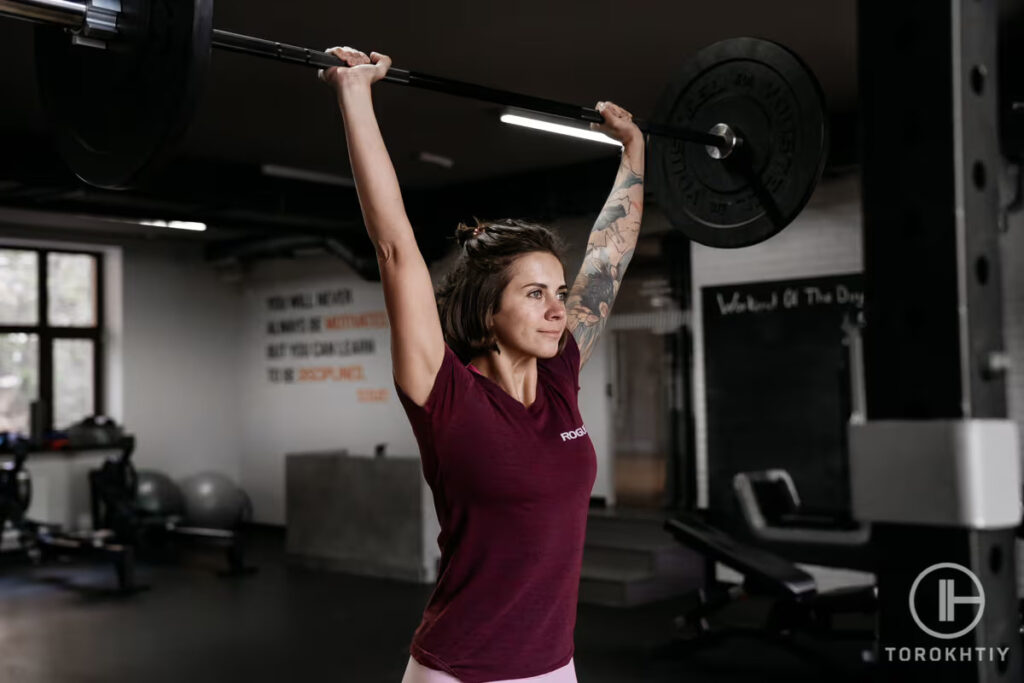
1. Beginner Barbells
Beginner-level barbells can be purchased from as little as $50 up to $150. If you’re looking for a simple bar for general lifting and don’t want to load it with too much weight, these should suffice.
An issue with buying bars under $100 is that most manufacturers won’t specify the construction materials used, meaning they might not be very durable.
Barbells at $150 will offer significantly more quality and usually last for longer, meaning these are probably the better option.
2. Intermediate
Intermediate barbells offer a much better build quality and are the best option for the majority of recreational and higher-level gym lifters.
Expect a stronger construction and better finish with added bearings or bushings on the sleeves to help them rotate. Intermediate barbells can range from $150 for the lower-end models up to $500 for the premium intermediate bars.
3. Professional
Professional barbells undergo a rigorous construction and testing process to ensure they conform to federation specifications.
They are made of high quality, durable metals such as stainless steel that won’t rust and feature specific knurling according to the governing body’s requirements.
They are made to specific dimensions and can handle a far bigger weight capacity compared to lower-level barbells. All of these factors combine to increase the price, with professional barbells costing $500-$1200.
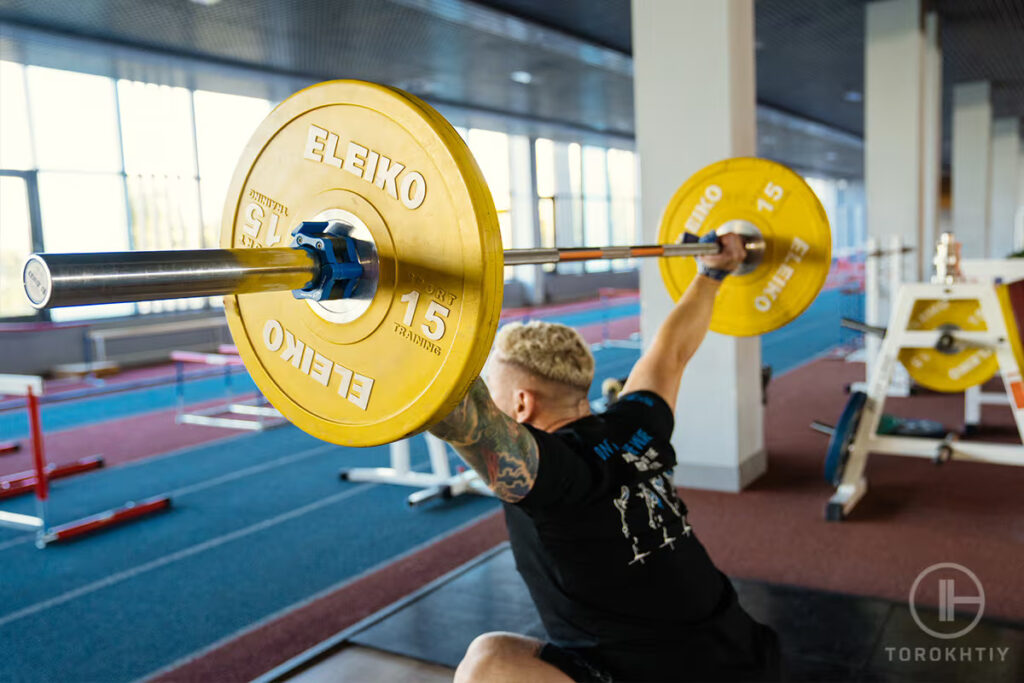
What Factors Affect the Price of a Barbell?
When looking at the cost of barbells, here are the most important factors affecting the price:
1. Construction
Construction refers to the materials that the barbells are made of. Most are made of steel or cast iron, as they are both durable metals. However, stainless steel is preferable as it’s tougher and easier to maintain.
This means stainless steel bars are more expensive than cast iron. Alongside materials, manufacturers will coat the metal in a protective finish to increase its durability. This will also make the price higher.
2. Tensile Strength
Tensile strength refers to how much weight the barbell can handle without breaking. This determines the max capacity that should be listed by most brands in PSI.
A general rule with tensile strength is the higher the PSI, the more expensive the barbell. A good quality barbell should have a PSI of 180,000 or more. Whilst they may cost more, barbells with higher tensile strengths will usually last a lot longer and cater for both powerlifting and Olympic lifting with no issues.
3. Knurling
Knurling refers to the coarse grooved section of the barbell handle that helps you to grip the bar. It can be designed using different depths, patterns, and widths, all of which have an impact on the end price.
Higher-quality knurling or more knurling costs more to produce, meaning the barbell will cost more. Volcanic knurling provides an aggressive knurl pattern that combats skin tearing by using more hand contact points. With this, it costs a lot more compared to regular knurling.
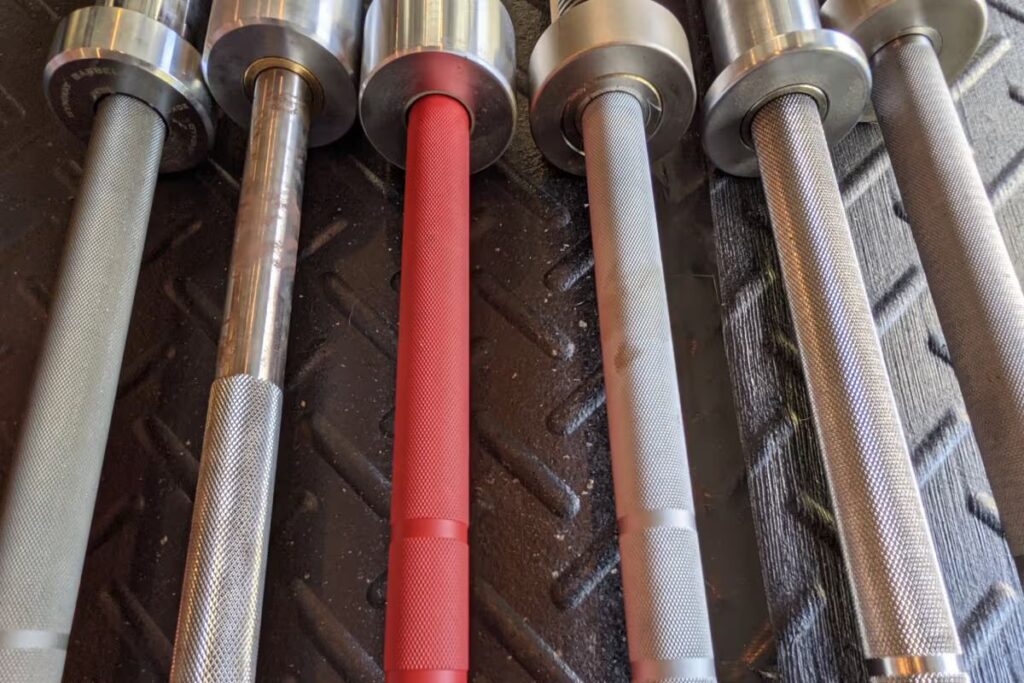
4. Sleeve Diameter
Sleeve diameter also impacts Olympic barbell price. This refers to the thickness of the loadable ends of the barbell.
Compared to standard barbells, Olympic barbells have a standard sleeve diameter of 51 mm (just under 2″). This takes more time and uses higher quality materials, therefore increasing the price.
5. Sleeve Finish
The amount of barbell sleeve rotation is controlled by either bushings or bearings. These are little mechanisms built into the end of the sleeves.
Sleeve rotating is important when lifting, as it minimizes joint stress and helps to maintain a more natural lifting movement, minimizing the risk of injury.
Bushings offer less rotation and are better suited for lifts using less movement such as the bench press and squat, whilst bearings offer more rotation for explosive movements such as snatches and clean and jerks.
With this, barbells that use bearings over bushings tend to be more expensive.
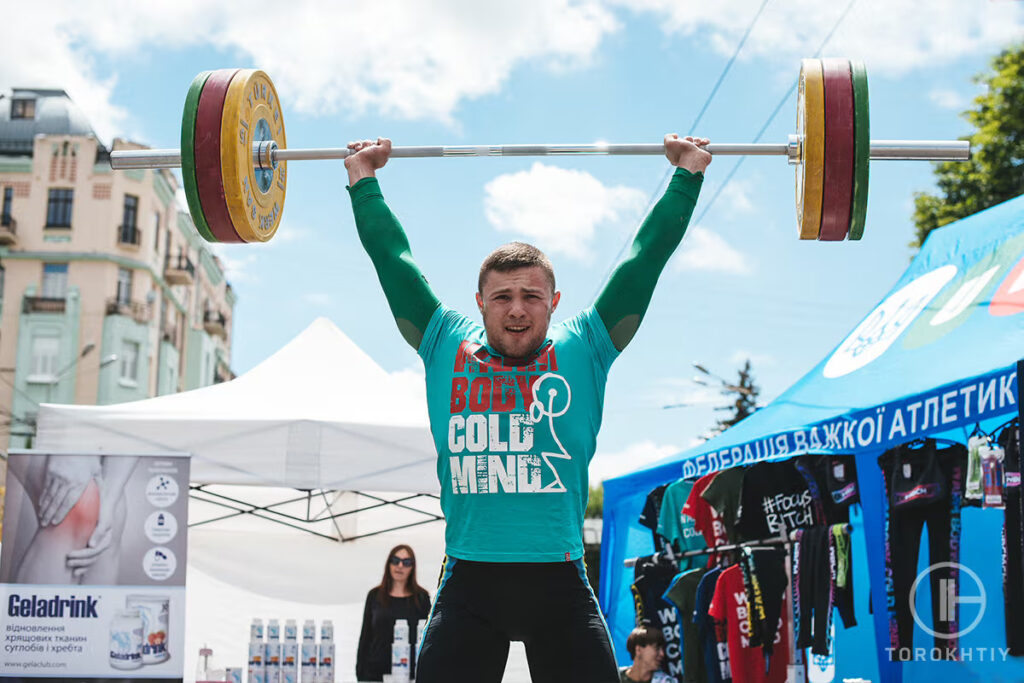
6. Barbell Finish
Whilst not as important in regard to price as the factors above, barbell finish will still have an influence.
The finish of a barbell helps to increase its durability, an important factor if you’re spending a lot of money.
Typical finishes include zinc, hardened chrome, and stainless steel which isn’t really a finish but more of an outer material.
Are Power Barbells More Expensive Than Oly Bars?
Powerlifting barbells have a similar price range compared to Olympic barbells at around $400 on average. Multipurpose barbells are slightly cheaper on average at $300.
Compared to an Olympic bar, a Power bar is thicker (29 vs 28 mm), more rigid (less flex), and more aggressive knurling. The sleeves also offer less spin, typically using bushings instead of bearings.
Power bars are better suited for a controlled movement that doesn’t involve dropping the bar, such as deadlifts, squats, and bench presses. Olympic bars are better suited for dynamic movements which may involve dropping the bar from height such as snatches, cleans, jerks, and overhead squats.
Barbell We Recommend
If you’re looking for a high-quality barbell that’s designed specifically for your needs, look no further than CAP Barbell.
They have designed 5 types of barbells to choose from, each with a different knurling pattern, tensile strength, and finish. This allows you to pick one that’s made exactly for your needs. Each barbell is constructed from alloy steel, measures 86″ L x 3″ W x 3″ H, and has 2″ loadable sleeves that rotate around to reduce wrist joint stress when lifting. Weighing 44 lbs/ 20 kg, each barbell is clearly labeled and color-coded at each end.
Made for squats, deadlifts, and bench presses, the ‘Beast Bar’ can handle up to 1200 lbs of weight. The grip features medium-depth knurling with a smooth center portion and 15″ loadable sleeves on either side. The bushings allow the sleeves to rotate as you move the bar.
If you’re looking for a barbell for snatches or clean and jerks, go with the ‘Boss Bar’. It had a slightly smaller grip diameter at 28.5 mm and a higher weight capacity of 1500 lbs. It’s finished in black phosphate or silver depending on your preferred choice.
The CAP Barbell ‘Rebel Bar’ is made for bench presses, squats, and deadlifts. It has medium-depth diamond knurling at the center, and like the other barbells, meets the specifications for Olympic lifting.
CAP also offers the ‘Masters Bar’ for functional training such as fitness and the ‘Warrior Bar’ for weightlifting clubs.
FAQ
Why Are Barbells Expensive?
Barbells are designed to withstand an incredible amount of pressure. Therefore, they need to be built from high-quality materials that are designed to last. The cost of these materials and the cost to transport them add up, but usually reflects well in the end product.
How Expensive Is a Normal Barbell Bar?
The cost of a standard barbell can vary depending on the materials used and the barbell design. They are generally less compared to Olympic barbells and may cost between $150-300 depending on the brand and overall quality level.
Summary – How Much Is an Olympic Barbell?
The price of both standard and Olympic barbells varies according to the type of barbell and level. Factors influencing price include the materials used, dimensions, weight, finish, and barbell features.
If you’re looking for a standard or Olympic barbell, expect to pay from $50 up to $1200 depending on the one you choose.
What type of barbell do you own? Are you considering getting one for your home gym? Let me know!
Also Read:
- Olympic vs Standard Barbell
- Different Types of Squat Bars
- Best Multi Grip Barbell
- Best Rogue Barbell
- Best Strongman Log Bar
- Best Barbell Storage
- Trap Bar Exercises
- Best Bumper Plates
- Best Home Gym Barbell
References:
- Weightlifting sport// Britannica: https://www.britannica.com/sports/weightlifting
- Weightlifting sport// Wikipedia: https://en.m.wikipedia.org/wiki/International_Weightlifting_Federation
- THE BENEFITS OF USING A SAFETY SQUAT BAR// Alphafit: https://www.alphafit.com.au/blog/the-benefits-of-using-a-safety-squat-bar/
- How Bar Knurling Differs// Eleiko: https://eleiko.com/en/stories/how-bar-knurling-differs
- How Bar Knurling Differs// Barbend: https://barbend.com/best-barbell-exercises/
Why Trust Us?
With over 20 years in Olympic Weightlifting, our team does its best to provide the audience with ultimate support and meet the needs and requirements of advanced athletes and professional lifters, as well as people who strive to open new opportunities and develop their physical capabilities with us.
By trusting the recommendations of our certified experts in coaching, nutrition, dietology, and sports training programming, as well as scientific consultants, and physiotherapists, we provide you with thorough, well-considered, and scientifically proven content. All the information given in the articles concerning workout programming, separate exercises, and athletic performance, in general, is based on verified data. We ensure that you can rely on our professionals’ pieces of advice and recommendations that can be treated as personalized ones which will benefit you and fully meet your needs.
The product testing process is described in more detail here
Author: Ihor Shymechko
Pro Olympic Weightlifter, Coach
Best Results: Snatch – 208 kg,
C&J – 240 kg
Ihor has been a professional weightlifter since 1996, boasting over two decades of competition experience. His notable achievements include clinching the European Championship in 2009 and securing a silver medal in the 105kg division at the Senior World Championships in 2011. Ihor represented his country in the 2008, 2012, and 2016 Summer Olympics. After retiring from competitive weightlifting, he transitioned to coaching, leveraging his vast experience to guide athletes who now compete on both national and international stages.

